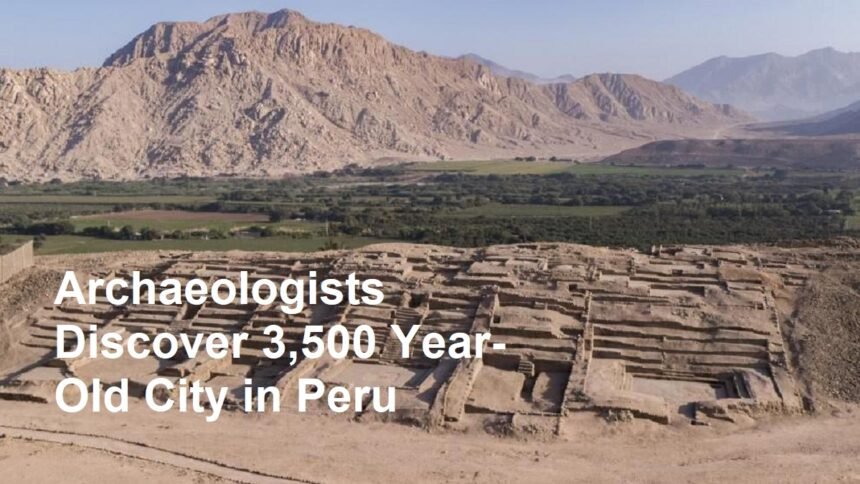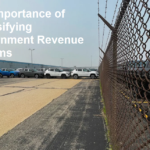In a groundbreaking discovery, archaeologists have uncovered the remains of a city in Peru that dates back approximately 3,500 years. This find offers unprecedented insights into early civilization in the region, challenging existing understanding of ancient cultures in South America. The ancient city, believed to be part of a previously unknown society, sheds light on the complex social, economic, and cultural dynamics of early Peruvian inhabitants.
The discovery was made in a remote area of the Peruvian Andes, where careful excavation efforts have been ongoing for several years. This site, now officially named “Ancash City” after the region where it was found, features an intricate network of stone structures, tombs, and artifacts that suggest a highly organized society. The construction techniques used in the buildings and the variety of artifacts indicate a sophisticated understanding of architecture and craftsmanship.
One of the most remarkable aspects of this site is the presence of large stone platforms and enclosures, which may have served as ceremonial or administrative centers. The artifacts recovered include pottery, tools made of obsidian and flint, and ornamental objects crafted from shells and semi-precious stones. These findings suggest that the inhabitants engaged in complex trade networks, exchanging goods over considerable distances, and that they valued artistic expression and ritual practices.
Radiocarbon dating places the city’s origin around 1500 BCE, making it roughly contemporaneous with other significant ancient cultures in the region, such as the Chavín and the later Moche civilizations. However, what makes this discovery particularly significant is its age—marking it as one of the earliest urban centers in South America. This pushes back the timeline of recognized urban development in the continent and provides new clues about the evolution of complex societies.
Archaeologists believe that the city was a hub of societal activity, possibly serving as a center for trade, religion, and governance. The layout of the city suggests a planned development, with distinct zones for residential, sacred, and possibly administrative functions. The discovery of ritual objects indicates religious or spiritual practices, emphasizing the spiritual life that likely played a crucial role in community cohesion.
The site also includes burial sites that contain well-preserved human remains, along with grave goods such as textiles, jewelry, and pottery. These burials provide invaluable information about the social structure, health, diet, and even the genetic makeup of its inhabitants. Analysis of the remains indicates that the population was diverse and relatively healthy, with evidence of farming and fishing providing a stable food source.
This discovery not only fills a significant gap in the archaeological record but also opens new avenues of research. Scientists hope to conduct further excavations to better understand the daily lives of these ancient people, their beliefs, and their societal organization. The findings could significantly modify current theories about early civilization in South America and the origins of urbanization on the continent.
Local authorities and global researchers are excited about the potential of this site. The Peruvian government has announced plans to preserve the area as a cultural heritage site and to promote archaeological tourism. Educational programs are also being developed to involve local communities and raise awareness of Peru’s rich historical legacy.
the discovery of this 3,500-year-old city is a monumental milestone in archaeology. It not only reshapes our understanding of early South American civilizations but also highlights Peru’s importance as a cradle of ancient human innovation. As further excavations and studies are conducted, more secrets from Peru’s distant past are likely to come to light, revealing the complex story of human development thousands of years ago.












